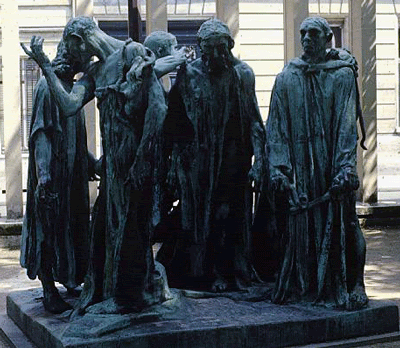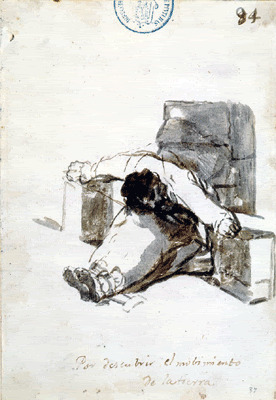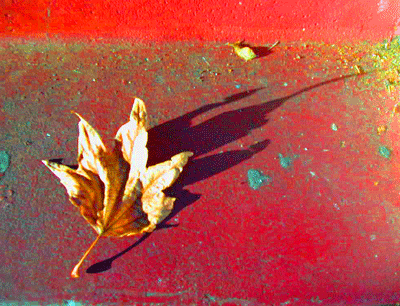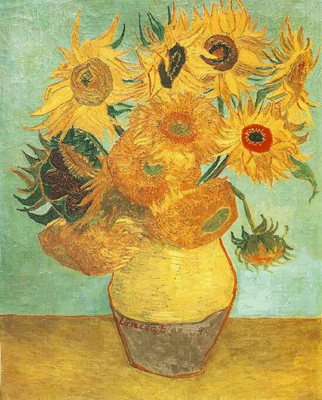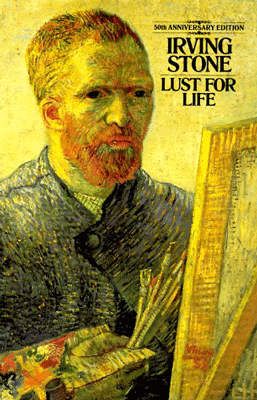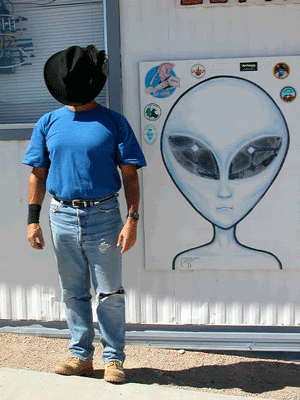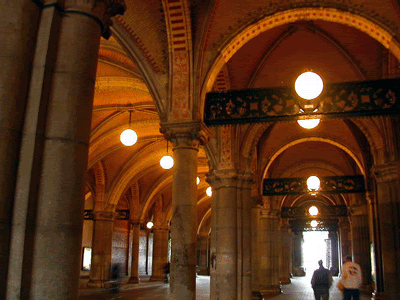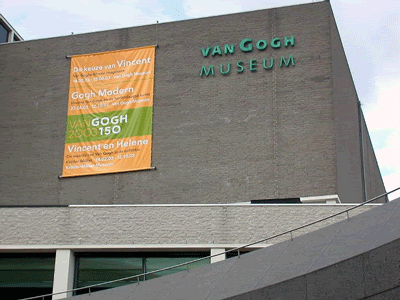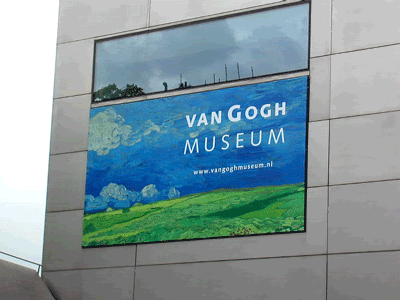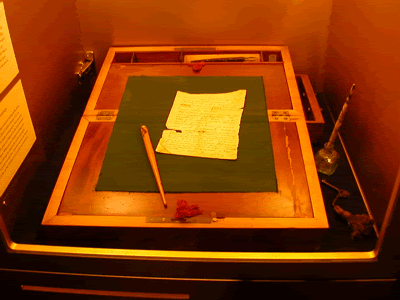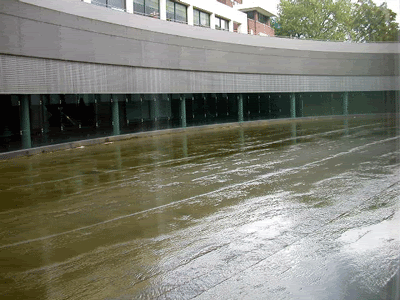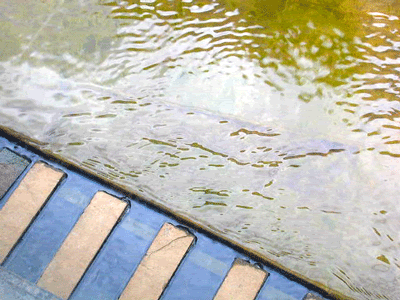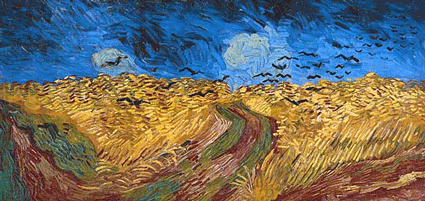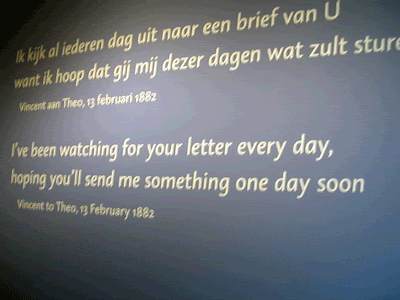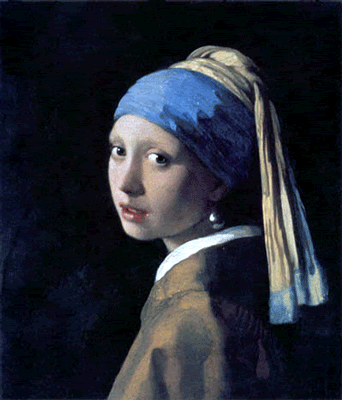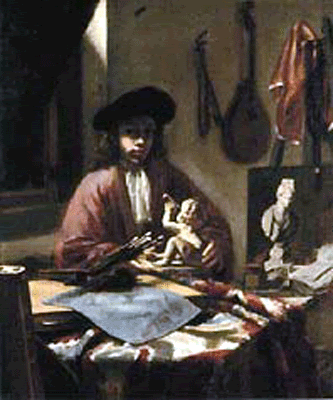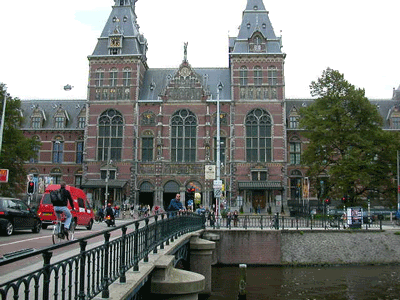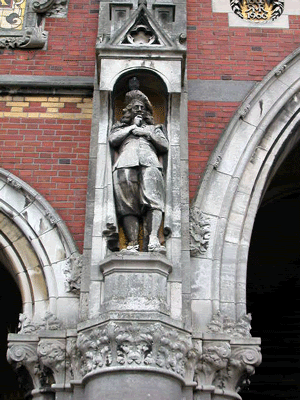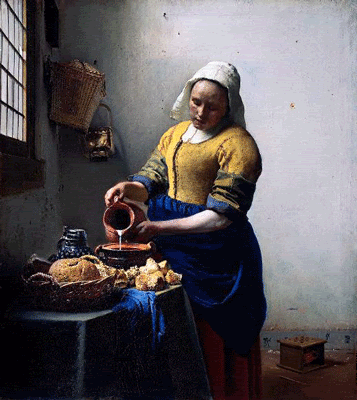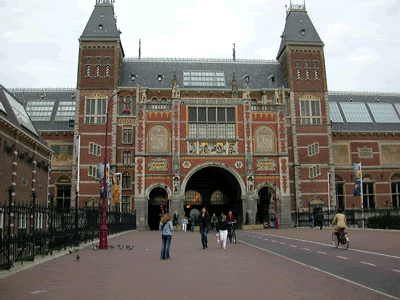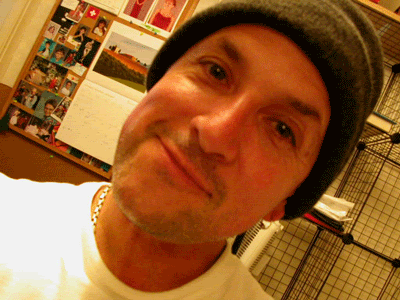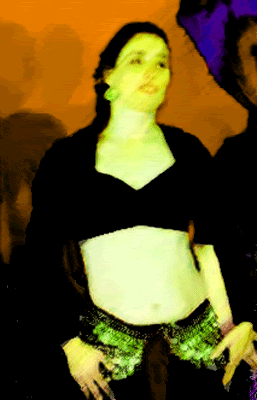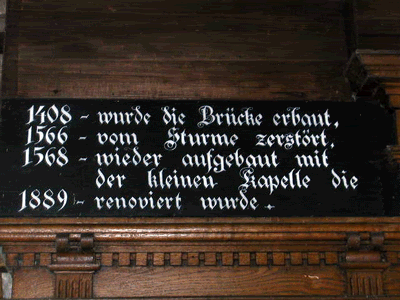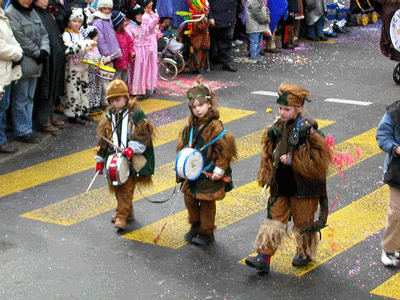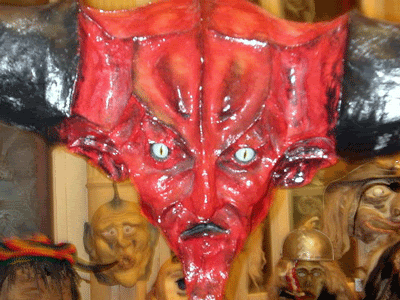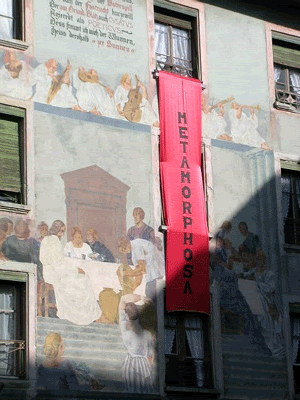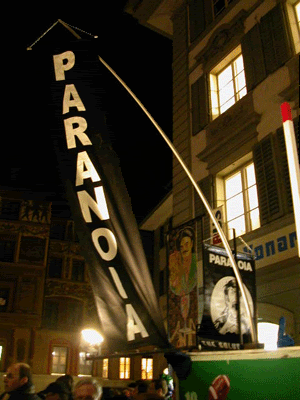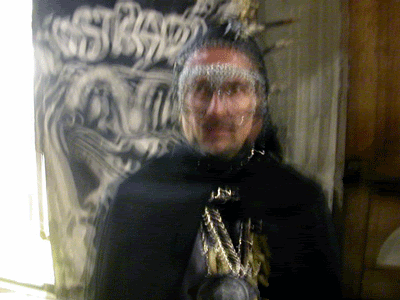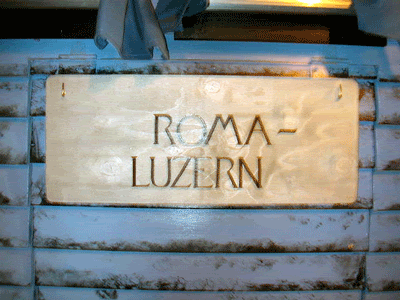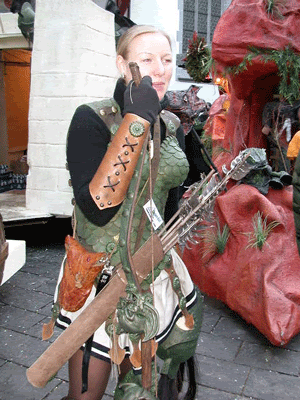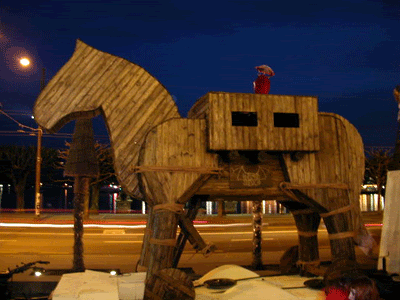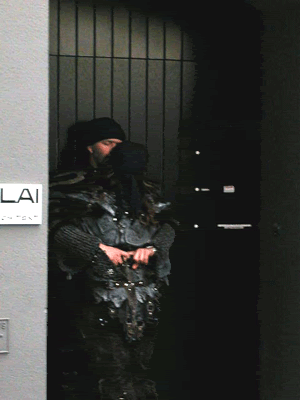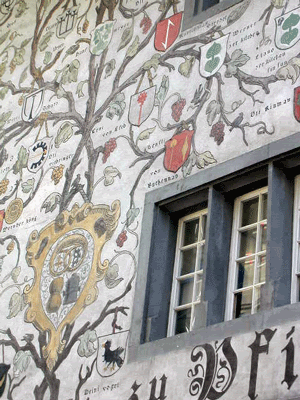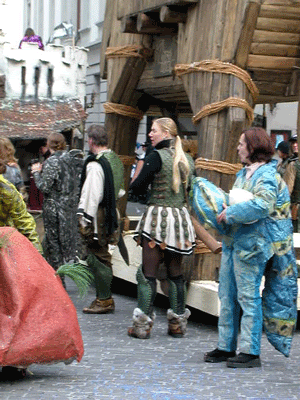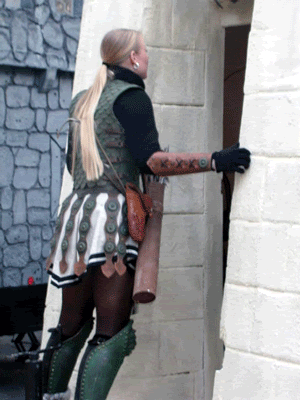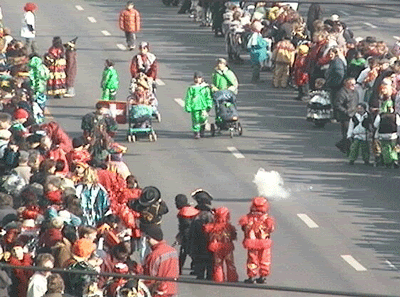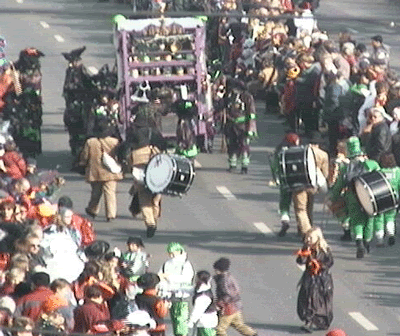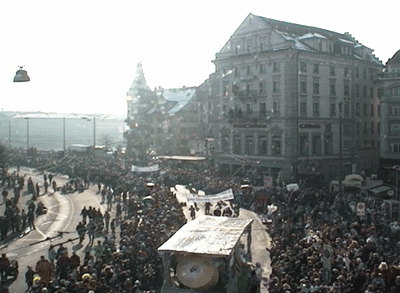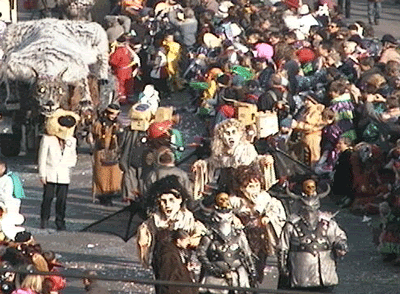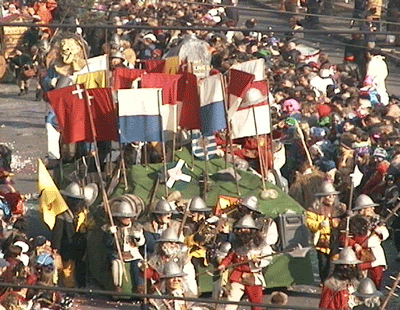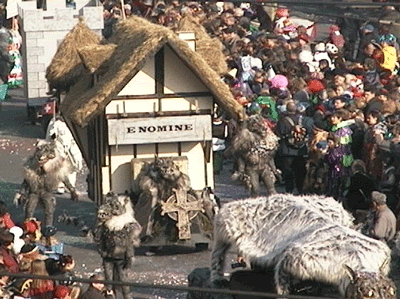Today is my dear friend Joni's birthday. She's 40. Family and friends surprised her yesterday with an impromptu party at her work with all the fixins, including her two darling children. The scene, as I imagine it, makes me smile beyond the fleshy frames of my unshaven cheeks.
For some reason, I have not had many birthday parties in my life, per se. As a matter of fact, I remember the last one was when I, too, turned 40. My dear friend Abigail painstakingly arranged to have several friends celebrate the occasion at her then home in Carpinteria, California. It was a joyful evening. I felt not too uncomfortable that everyone in attendance was there to honor me, to offer birthday wishes, and to spend a few hours of their lifetime making me matter.
If I recall correctly, and I may not be, Abby had made my grandmother's recipe chicken molé from scratch. Abby is Jewish and the only woman who can make molé exactly the way my grandmother did. Not even my own mother can approximate it as perfectly. And I remember I was bandaged in a sling with a shattered left scapula and three broken ribs that had happened a week before while playing second base in a softball game where a lunkheaded teammate collided into me from behind as I called and caught a fly ball with my arm outstretched into the blue sky.
Thus, there at my birthday party among my many friends, I felt as if I'd been hit not only by a hack of athletic incompetency, but also by the speeding Mack of middle age. As in truck. How naive it seems to me today. I would not know the true measure of a metaphorical truck bearing mercilessly down on me until one actually hit me the day I turned 50. That was two years ago. And 40 was twelve years ago. I guess the trucks continue to get bigger as you go along. Good information.
So, Happy Birthday, Joni! Don't be afraid to play on that highway. At your age, the trucks bounce harmlessly off. Hold your place and steer wildly across the lanes. You've got at least another ten years before you have to start thinking about writing down license plate numbers. And by then it won't matter. They move so fast you won't even get a partial. Don't worry about it. Dance in the fast lane and all that.
I don't know what any of this has to do with what follows below, but it's the first poem I wrote here in Oregon after moving from Santa Barbara. Whatever echoes wash sympathetically back from these ricochets of memory, let them resound as they will. Every day is a birth day. No one knows that better than we do.
How Empires Are Born
Already the sugarwasps are building a paper petal home between the windshield and the wiper. This is how empires are born. No matter the brevity of overnight parking, that the vehicle will be moved by morning. Promise always looks plausible in late summer sun.
I suppose this is an omen of good luck. That they would entrust the nurture of their young to an implied stability, a sense of domestic grace conferred by such settling, is quite touching. But all of this comes to me too late as I think only of saving them time by turning on the wiper and destroying half a morning’s work. I’ve had it done to me.
Experience is an unfavoring taskmaster. Had my poet’s eye seen the tiny beauty of this empiring, I would have given them the rest of the morning to labor in hope. Then, when the time came, driven off into the errands of my ways and let the wind take them home as it always does. But this wind is foreign to me.
My heart is yet in its unseeness, somewhere between there and here. Perhaps it was those sugarwasp’s very business to set about building a loving paper home for it, a place it might write itself into the tiny history of its windthrown empire.
Joseph Gallo
September 3, 2004


